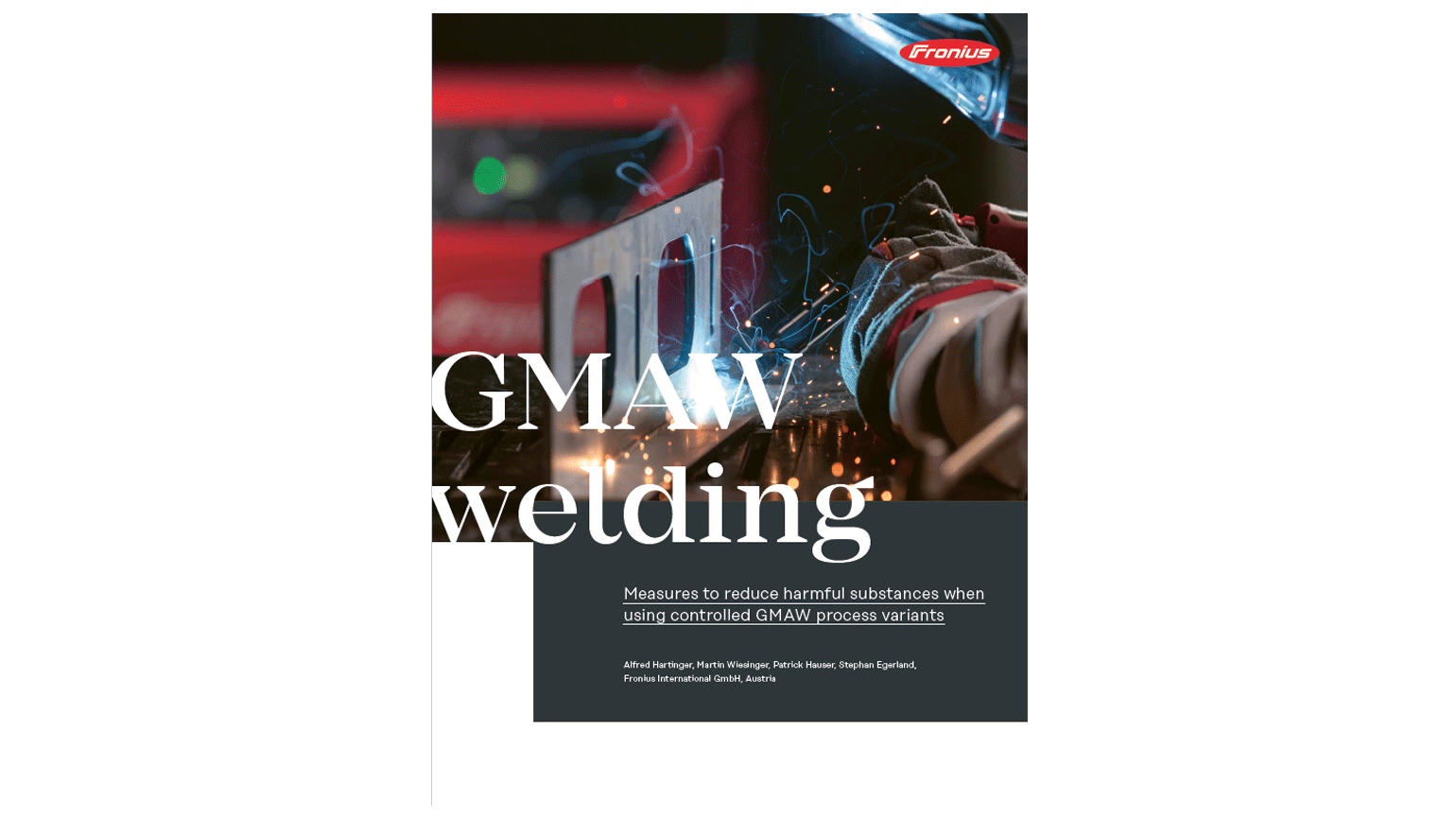| High welding fume formation and spattering |
MIG/MAG welding The varied application areas and different process variants of MIG/MAG welding increase the danger of welding fumes,UV radiation, welding spatter, etc. As MIG/MAG is one of the most common welding processes worldwide, particularly effective protection measures must be used to protect the welder. |
|
| High welding fume formation and spattering |
Stick welding Electrical current and heat, UV radiation, and, above all, increased welding fume formation are everyday risks during manual arc welding. The type of hazardous materials in the welding fumes is crucially dependent on the material of the electrode and itscoating. |
|
| Low welding fume formation, absolutely spatter-free |
TIG welding A relatively small amount of visible welding fumes is produced from TIG welding. This low fume formation, in conjunction with the often highly reflective surfaces of the parent material—usually stainless steel or aluminum—results in an increased spread of the UV rays. The result is increased ozone formation, often at some distance from the welding point. |
|
| Low welding fume and UV exposure |
Cobot welding cell The Cobot welding cell is a simple way to get started with automated MIG/MAG welding. The welding process is completely automated and performed without any welding personnel. The protective enclosure with automatic glare protection and integrated extraction provides optimal protection against UV radiation, welding spatter, and welding fumes for people standing near the welding cell. |
-
Perfect complement to Exento HighVac systems
-
Meets the requirements of the EN ISO 21904-1 occupational health and safety standard
-
Regulation of the suction power directly at the handle
 مصر
مصر  الأردن
الأردن  الكويت
الكويت  لبنان
لبنان  سلطنة عمان
سلطنة عمان  دولة قطر
دولة قطر  المملكة العربية السعودية
المملكة العربية السعودية  South Africa
South Africa  الإمارات العربية المتحدة
الإمارات العربية المتحدة  Australia
Australia  中國
中國  香港
香港  India
India  日本
日本  대한민국
대한민국  新加坡
新加坡  ประเทศไทย
ประเทศไทย  Österreich
Österreich  Česká republika
Česká republika  Danmark
Danmark  Deutschland
Deutschland  Eesti
Eesti  Finland
Finland  Ελλάδα
Ελλάδα  España
España  France
France  Italia
Italia  Magyarország
Magyarország  Nederland
Nederland  Norge
Norge  Polska
Polska  Portugal
Portugal  Schweiz
Schweiz  Slovensko
Slovensko  Slovenija
Slovenija  Sverige
Sverige  Türkiye
Türkiye  Україна
Україна  United Kingdom
United Kingdom  Argentina
Argentina  Brasil
Brasil  Canada
Canada  Chile
Chile  Colombia
Colombia  Costa Rica
Costa Rica  Ecuador
Ecuador  México
México  Panama
Panama  Peru
Peru  Uruquay
Uruquay  USA
USA  Venezuela
Venezuela 




































